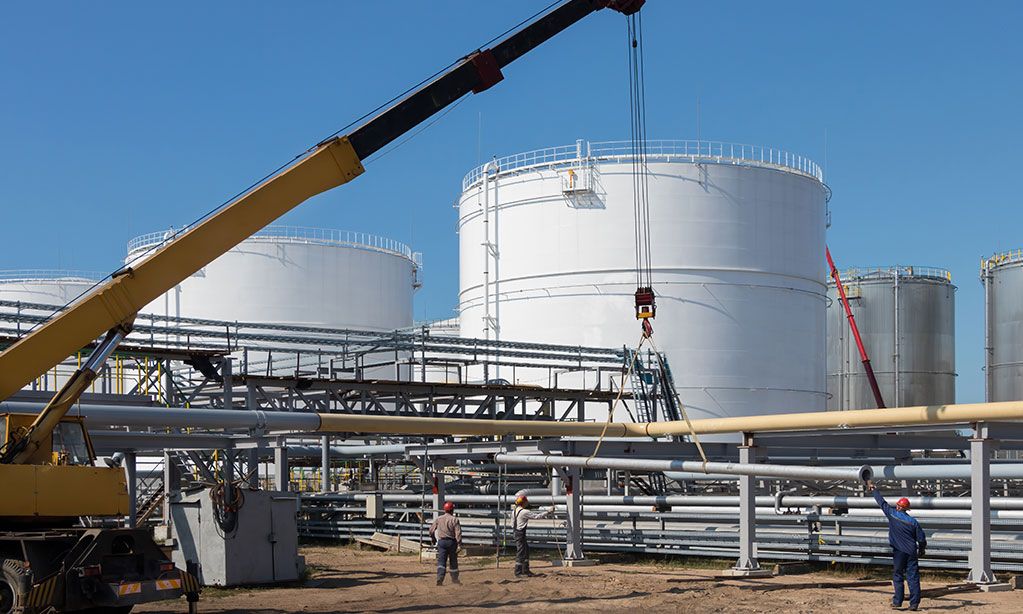
RECENT POSTS

Above Ground Storage Management
For facilities that handle bulk fluids, storing hundreds of drums or totes full of commonly used liquids may not make sense. Aboveground Storage Tanks (ASTs) are a convenient way to store bulk fluids. They also allow facilities to pipe those products directly into processes or to dispensing areas.
Both the EPA and OSHA have specific requirements for bulk storage tanks within their bodies of regulation. Each regulation is specific to the contents of the AST, and multiple regulations may apply to the same tank:
- Spill Prevention, Control and Countermeasure (SPCC) Rules (40 CFR 112)
- National Pollutant Discharge Elimination System (NPDES) (40 CFR 122)
- Flammable Liquids (29 CFR 1910.106)
- Resource Conservation Recovery Act (RCRA) requirement for hazardous waste storage tanks (40 CFR 265)
- U.S. Coast Guard (USCG) requirements for transferring oil or hazardous materials in bulk (33 CFR 154)
Additionally, 35 states have specific regulations and registration and/or permit requirements for ASTs. These often specify design, installation, operation and inspection requirements for tanks.
If ASTs contain flammable liquids, International Fire Code(IFC) and National Fire Protection Association (NFPA) consensus standards may apply. Many states have incorporated IFC or NFPA standards into their regulations.
When they have been properly designed and maintained, ASTs are sound and reliable. However, over time ASTs can fail due to corrosion or from stress or cracks at welds, valves and connections.
Because ASTs can fail, regular preventative maintenance and establishing routine inspection schedules play key roles in many regulations and standards. The two most commonly used standards for inspections are the American Petroleum Institute (API) Standard 653, “Tank Inspection, Repair, Alteration, and Reconstruction” and the Steel Tank Institute (STI) “SP001 Standard for the Inspection of Aboveground Storage Tanks” (STI SP001).
The inspection requirements in these two standards, instruction manuals from tank manufacturers, and the requirements in regulations or consensus standards are each designed to help facility employees find leaks, damage and other issues before a catastrophic failure.
A walk-around inspection is required at least monthly for ASTs. More involved tank integrity testing is typically required annually. Most facilities also adopt the best practice of inspecting valves, fittings and connections each time fluids are transferred. Inspecting secondary containment sumps around ASTs is commonly a daily or weekly requirement.
Bulk storage tanks are valuable assets that allow facilities to maintain readiness, keep up with production and prepare for unexpected outages. Establishing preventative maintenance and routine inspection schedules helps to prevent catastrophic failures and can prolong the life of ASTs.
Subscribe for Updates:
Sign up here to get the latest news, rules, and regulations and delivered right to your inbox.